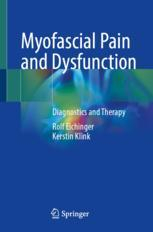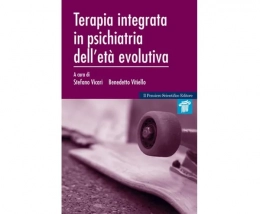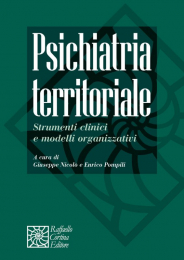Non ci sono recensioni
DA SCONTARE
Patients often seek advice in the doctor's office whose complaints are of a functional nature and cannot be directly assigned to an organ disease via laboratory or imaging. Many of these disorders such as pain, dizziness, tinnitus, lumpiness or the "heel spur" originate from the fascial organ, which is only now slowly being understood as such.
Fascia connects all parts of our body mechanically but more important, all our receptors for intro-and extroception and for the regulation of homeostasis are embedded in fascia. If you take this system into account in the differential diagnosis, you can spare your patients invasive, stressful diagnostics and offer an accurate and successful therapy.
Understand causes of fascial pain and dysfunction: fascial knots, principals of fascial disorders, flash tests, fascial chains, trigger points, interaction between cause and location of pain or other symptoms like fixed eczema and othersUnderstand causes of myofascial pain and dysfunction: myofascial knots, fascial chains, trigger points, interaction between cause and location of pain.
- fascial slackness and blockages
- Clinic, symptoms
- Recognize fascial syndromes and pain patterns correctly
- Causal and permanently effective treatment approaches
- Therapy of the fascial system
- Causes of fascial disorders
- Cooperation doctor - physiotherapist
The authors - a general practitioner and a physiotherapist - complement each other perfectly in their knowledge and skills. A plausible, practice-relevant, pathophysiological concept, which was created on the basis of many years of experience and success, as well as scientific studies (where available) and comes up with new - sometimes provocative - theses. For general practitioners, internists, orthopedists, physiotherapists and all physicians who are willing to enrich their diagnostic and therapeutic concepts with a myofascial approach.
The translation was done with the help of artificial intelligence. A subsequent human revision was done primarily in terms of content.
-
Front Matter
Pages i-xiii
-
Introduction
- Rolf Eichinger, Kerstin Klink
Pages 1-3
-
Myofascial Trigger Points or Blockages
- Rolf Eichinger, Kerstin Klink
Pages 5-7
-
Pathophysiology
- Rolf Eichinger, Kerstin Klink
Pages 9-30
-
Clinical Presentation of Myofascial Syndromes
- Rolf Eichinger, Kerstin Klink
Pages 31-37
-
General Medical Diagnostic and Treatment Approaches
- Rolf Eichinger, Kerstin Klink
Pages 39-45
-
Therapy of the Myofascial Organ
- Rolf Eichinger, Kerstin Klink
Pages 47-51
-
Case Studies
- Rolf Eichinger, Kerstin Klink
Pages 53-64
-
The Knot Model from a Physiotherapeutic Perspective—The KLINEA Concept
- Rolf Eichinger, Kerstin Klink
Pages 65-66
-
The Assessment in KLINEA
- Rolf Eichinger, Kerstin Klink
Pages 67-69
-
Pathophysiological Considerations from the Physiotherapist’s Perspective
- Rolf Eichinger, Kerstin Klink
Pages 71-72
-
KLINEA Assessment
- Rolf Eichinger, Kerstin Klink
Pages 73-84
-
KLINEA Therapy
- Rolf Eichinger, Kerstin Klink
Pages 85-89
-
Patient Example
- Rolf Eichinger, Kerstin Klink
Pages 91-97
-
Back Matter
Pages 99-101




